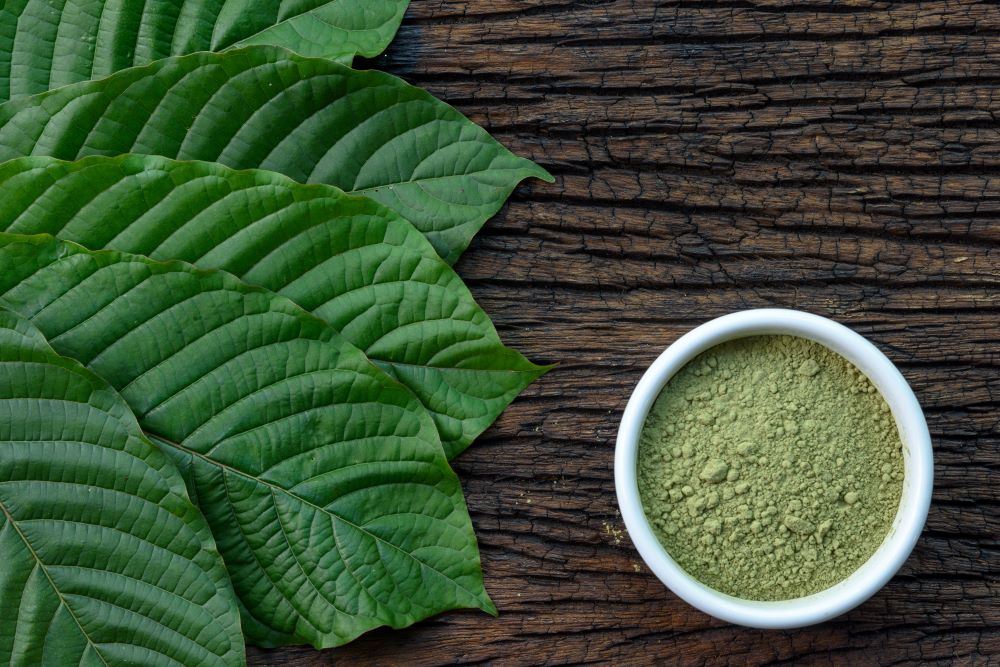(CTN News) – Are you curious about Kratom? You’ve come to the right place! Kratom is a plant that has been used for centuries in Southeast Asia for its medicinal and recreational properties.
Kratom is gaining popularity in the United States, but there are still many misconceptions surrounding it. In this article, we will provide you with a comprehensive guide to understanding Kratom.
Introduction to Kratom
Kratom is a tropical evergreen tree that is native to Southeast Asia. It is part of the coffee family and grows in countries such as Indonesia, Thailand, and Malaysia.
Kratom leaves have been used for centuries in traditional medicine to treat a variety of conditions such as chronic pain, anxiety, and depression.
Kratom contains two primary active compounds, mitragynine, and 7-hydroxymitragynine. These alkaloids interact with the brain’s opioid receptors, providing pain relief, mood enhancement, and relaxation.
Kratom is available in several forms, including powder, capsules, and extracts.
Some of the common strains of Kratom include:
- Bali Kratom
- Maeng Da Kratom
- Thai Kratom
- Indo Kratom
How Does Kratom Work?
Kratom interacts with the opioid receptors in the brain, providing pain relief and relaxation. However, Kratom’s mechanism of action is more complex than traditional opioids.
Kratom also interacts with other receptors in the brain, including serotonin and dopamine receptors, which can produce mood-enhancing effects.
The effects of Kratom vary depending on the dosage and strain. At lower doses, Kratom provides stimulation, increased focus, and energy. At higher doses, Kratom provides relaxation, pain relief, and sedation.
Benefits of Kratom
Kratom has several potential benefits, including:
- Pain relief: Kratom has been traditionally used for its analgesic properties, providing relief from chronic pain conditions.
- Mood enhancement: Kratom can produce euphoric effects, enhancing mood and reducing anxiety and depression symptoms.
- Energy boost: Kratom provides a natural energy boost, making it an excellent alternative to caffeine.
- Relaxation: Kratom has sedative properties, making it an effective natural remedy for insomnia and other sleep disorders.
Side Effects of Kratom
While Kratom has several benefits, it also has potential side effects, including:
- Nausea and vomiting
- Constipation
- Dry mouth
- Loss of appetite
- Dizziness
- Headaches
- Insomnia
- Increased heart rate
These side effects are usually mild and temporary, but they can be more severe at higher doses. Long-term Kratom use can also lead to dependence, addiction, and withdrawal symptoms.
Kratom Legality
Kratom’s legal status varies depending on the state and country. In the United States, Kratom is legal at the federal level, but several states have banned its sale and use.
Countries such as Thailand and Malaysia have also banned Kratom due to its potential for abuse and addiction.
Kratom Dosage and Administration
Kratom dosage varies depending on the strain and user’s tolerance. It is essential to start with a low dose and gradually increase it until you achieve the desired effects.
The following are some general guidelines for Kratom dosage:
- 1-2 grams for beginners
- 2-4 grams for intermediate users
- 4-6 grams for advanced users
- 6-8 grams for experienced users
Kratom Extracts
Kratom extracts are concentrated forms of Kratom that are made by boiling down Kratom leaves into a potent liquid or powder.
Kratom extracts are more potent than Kratom powder or capsules and should be used with caution. Kratom extracts can be consumed in the same way as Kratom powder or capsules, but the dosage should be significantly lower.
Kratom and Drug Interactions
Kratom can interact with other drugs, including prescription medications and over-the-counter drugs. Combining Kratom with other substances can lead to adverse effects and should be avoided.
Kratom can also interact with alcohol, leading to increased sedation and respiratory depression.
Kratom Tolerance and Dependence
Long-term Kratom use can lead to tolerance, meaning that users need to consume more Kratom to achieve the same effects. Tolerance can also lead to dependence and addiction, which can be challenging to overcome.
It is essential to use Kratom responsibly and avoid long-term use.
Conclusion
Kratom is a plant that has been used for centuries for its medicinal and recreational properties. Kratom interacts with the opioid receptors in the brain, providing pain relief, mood enhancement, and relaxation.
Kratom has several potential benefits, including pain relief, mood enhancement, energy boost, and relaxation. However, Kratom also has potential side effects, and long-term use can lead to dependence and addiction.
It is essential to use Kratom responsibly and avoid long-term use.






